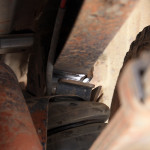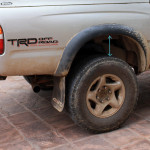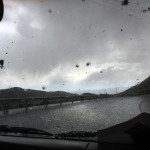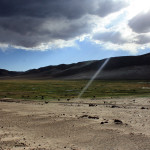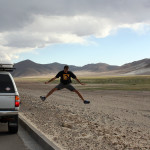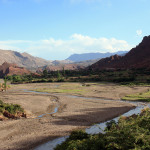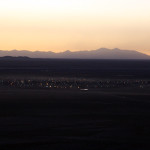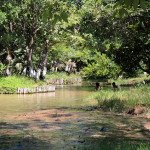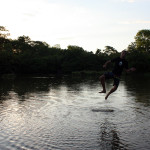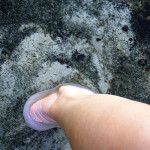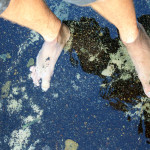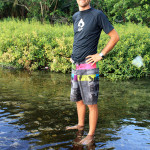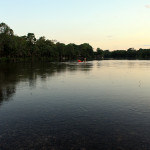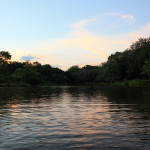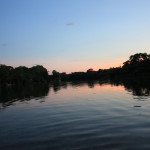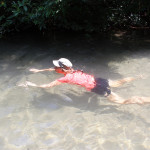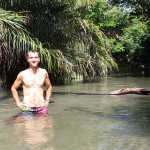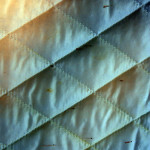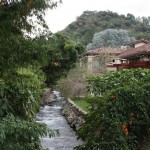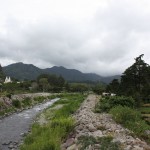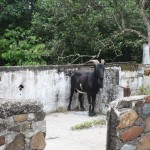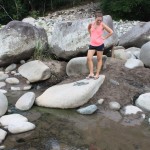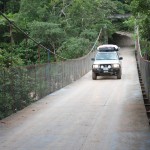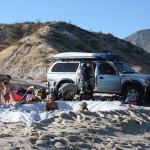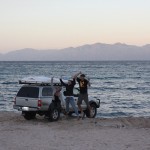We were finally on the road heading toward Bolivia’s altiplano and salt flats from the muggy east and into the Andes. Arriving in Sucre, we knew there was a big problem with the truck. How you ask? Every time we went over even a small bump or hole on the road, something slammed on the back right of the truck. We could feel Vida’s pain. One of the airbags the previous owner installed had completely sheered off. What we were hearing was metal on metal.
The mechanic we tracked down to add an additional leaf spring and remove the airbags soon discovered another problem. Our frame was also cracked. Driving Pantanal and the road into Sucre had taken a toll. It would be fresh carrot juice every morning for the next week as we waited for the repairs.
- Our juice stand
- Weavings in the streets of Sucre
- The skies over Sucre open up on us
- Taking advantage of our food processor
- This one doesn’t like to share dessert
- George made me do it
- Strangely, this was not the first music video filming we’ve witnesses
- BBQ Bolivian style
We got the truck back 5 days later and Vida had some bounce. The mechanic had installed springs to replace the airbags he removed. It was almost enjoyable to hit a speed bump.
Next stop was the mining town of Potosi where we slept at a hot springs (Ojo del Inca) perched above the city. A lot of people we talked to are not fond of Potosi, but George and I both felt an energy in the town’s colonial center. I also managed to snag a proper vegetarian lunch, which helped.
The road to Uyuni on the edge of the Salar was gorgeous and treacherous with the hail. Honestly, I was so focused on the days to come that I hardly noticed.

